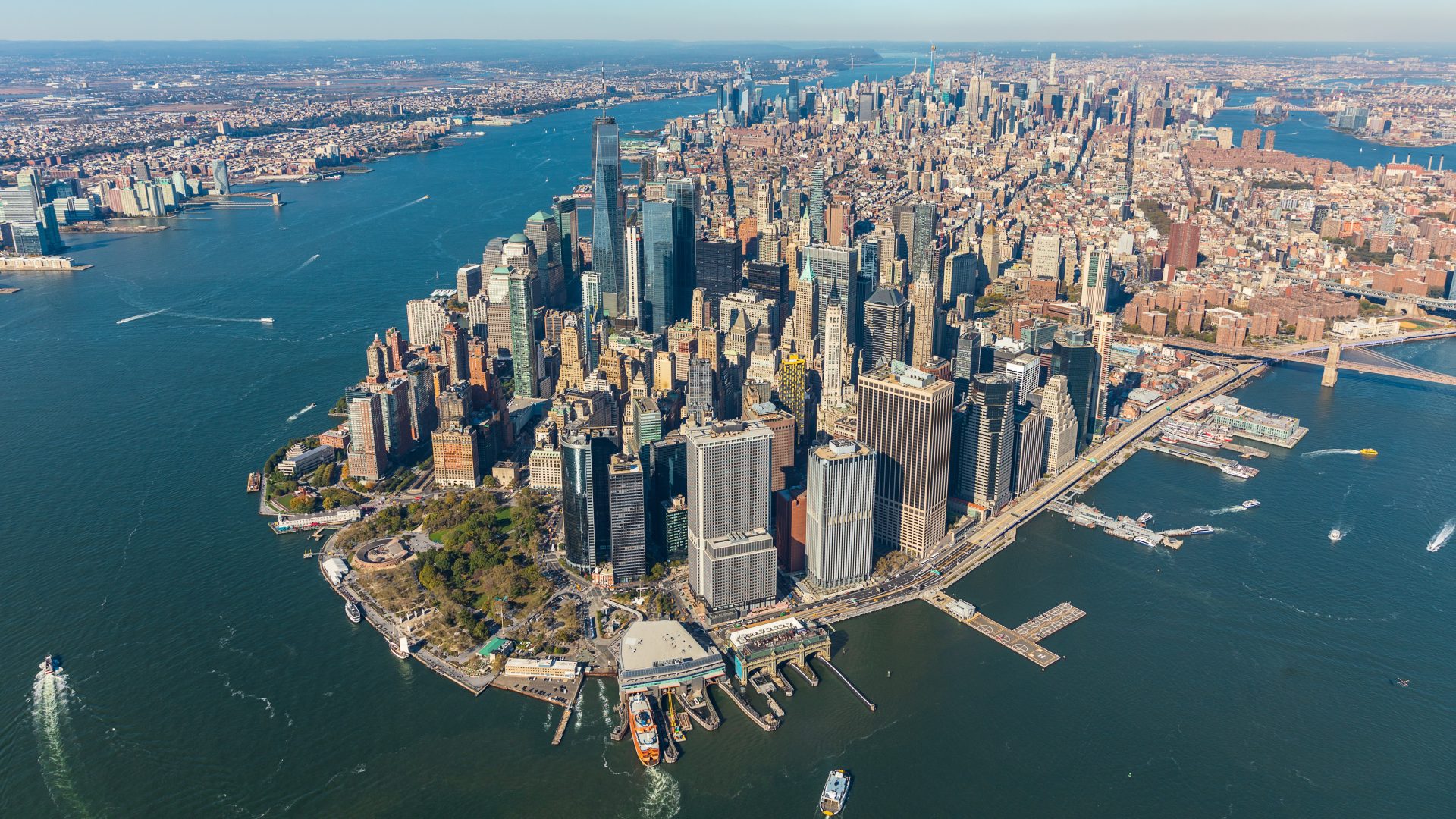New York’s flash flood emergency at the end of September makes the investment of billions to prepare the city for a future of weather extremes ever more urgent. A socio-economic analysis from Ramboll and Rebuild by Design finds the city can expect a two-to-one return on its investments under the right conditions.
In 2021, the hurricane Ida caused historic flooding, which transformed the streets of New York into rivers and took a toll of more than 100 lives and led to billions in damages. And on 29 September this year, heavy rainfall and the resulting flooding led Eric Adams, New York City major, to declare a state of emergency for the city. The impact was immediate and far reaching, resulting in several suspended subway routes, approximately 500 cancelled flights and a further 800 delayed, and over 150 schools inundated by floodwaters.
In the future, extreme weather events, which are exacerbated by climate change, will become more common. In recognition of this looming challenge, New York City in May 2023 announced that it would invest USD 3.5 billion in green infrastructure projects.
A new report from Ramboll and Rebuild by Design now finds the city can expect a high return on this investment – up to USD 2,09 in socio-economic benefits for every dollar spent.
“The need to adapt to climate change requires us to make some of the largest investments in infrastructure in recent history. That is also true for New York,” says Christian Nyerup Nielsen, Global Director for Climate Adaptation in Ramboll Water.
“Our socio-economic analysis underscores that multifunctional blue-green infrastructure solutions can help big cities like New York manage water-related challenges in a cost-effective way. And these solutions also increase the quality of life for city residents, as places of leisure and community – an added value that we have now put into economic terms,” he adds.
Investing in mother nature is a win-win
Blue-green infrastructure refers to integrated engineering, architecture and landscape designs that make use of ‘green’ spaces – such as parks and recreational areas – to solve challenges related to water.
“Investing in mother nature is a win-win against climate change,” said Amy Chester, Managing Director of Rebuild by Design. “The more the city transforms from a concrete jungle to a sponge, the more New Yorkers can use and enjoy their city and be sure to stay dry and safe during increased heavy rainfall,” she adds.
Ramboll has collaborated with New York City on several blue-green infrastructure projects, in a partnership that spans almost a decade. Most recently Ramboll, together with WSP, Marvel Studios and others, has won a new contract with New York’s housing authority (NYCHA) to adapt the city’s social housing to cloudbursts – home to half a million people, many of whom are among the city’s most at-risk and vulnerable populations.
Key findings
In the report, Ramboll analyses the risk of current and future flood risks combined with a socio-economic costs and benefits of blue-green infrastructure as a mitigation solution. Key findings include:
- For every $1 invested in a BGI Network design to the 10-year storm in 2050 New York City makes $2.09 in return.
- For a 10-year design storm the total cost of the upscaled BGI Network in present values amounts to 23,500 million USD. In the upscaled BGI Network the total avoided annual damages amounts to 15,000 million USD. The total present value of the co-benefits upscaled citywide is estimated to 19,500 million USD.
- By implementing blue-green infrastructure in NYC, DEP will save 20% on upgrading existing sewer to future service level.
- 151,000 new trees could be planted in New York City with a positive Blue-Green Infrastructure business case.
- City-wide Blue-Green Infrastructure is feasible up to a future 50-year design storm in NYC.
- Blue-Green Infrastructure in NYC is most feasible when implemented in parks, plazas, and public housing.
- Co-benefits are essential to the business case of Blue-Green Infrastructure in NYC. To accommodate social vulnerability, it is essential not only to do risk analysis and following Business cases for cost loss as the consequence.
Method – what Ramboll did:
- Conducted a city-wide flood risk screening
Based on topography and approximated capacity of the sewer system, Ramboll has estimated the flood probability for varying extreme rainfalls in todays and future climate across all 5 boroughs. Based on this city-wide model, overlayed with land-use information and damage costs, the spatial flood risk across the city and the total cost of “do-nothing” scenario are calculated and expressed as Estimated Annual Damages, EAD, in million USD.
The citywide risk assessment and community vulnerability parameters informed the selection of representative case areas.
- Flood protection management and business cases, applying Blue Green Infrastructure (BGI) Networks
For each case area a network of connected BGI typologies is developed to mitigate flooding from the future 10-year and 50-year storm respectively.
The lifetime Business cases for establishing the BGI Networks are quantified in investment costs, operation and maintenance, reduced risk, and co-benefits collated in a Benefit Cost Analysis.
3.Upscaling to a city-wide business case
The case area business cases for both the 10- and the 50-year design storm are upscaled to a citywide BCA using linear correlations of the damages and benefits based on which a spatially distributed BCA is developed citywide along with a concluding BCA for the city.



